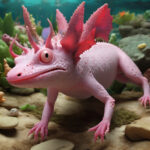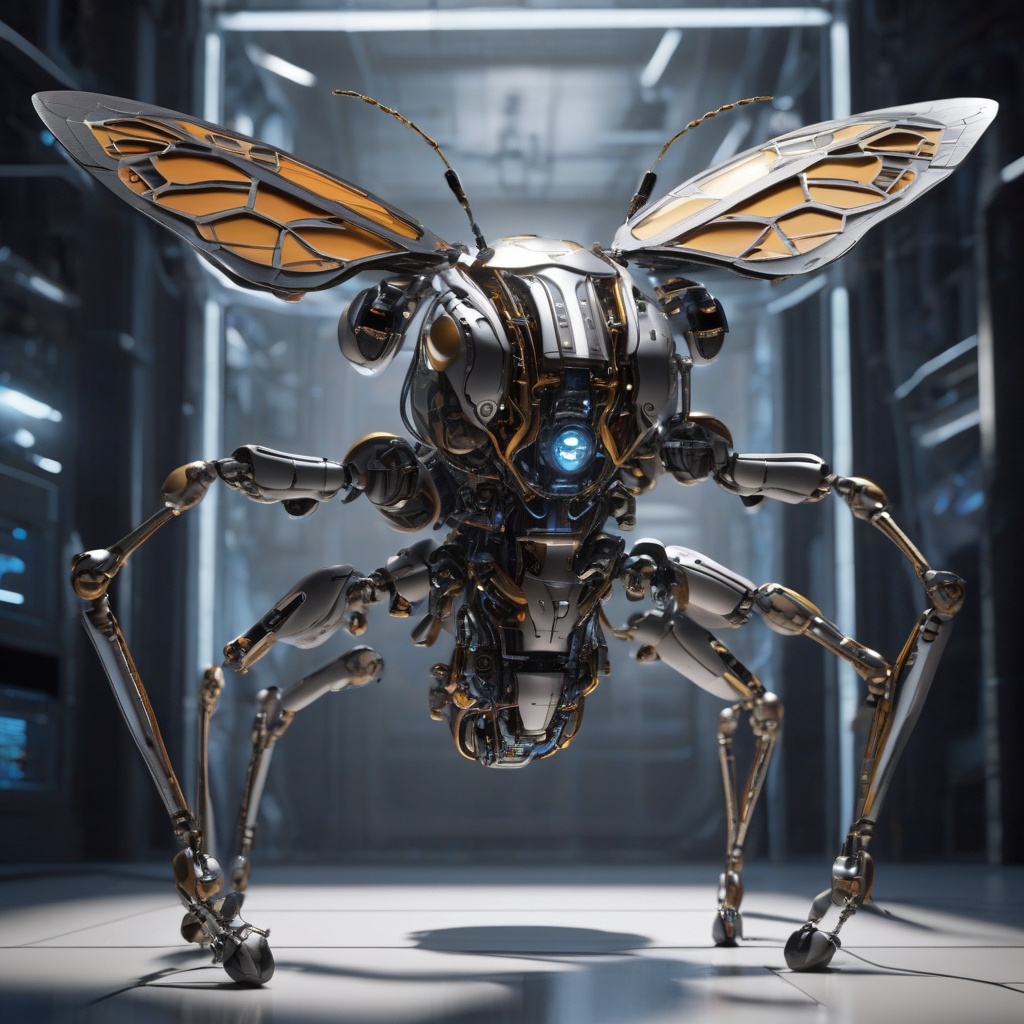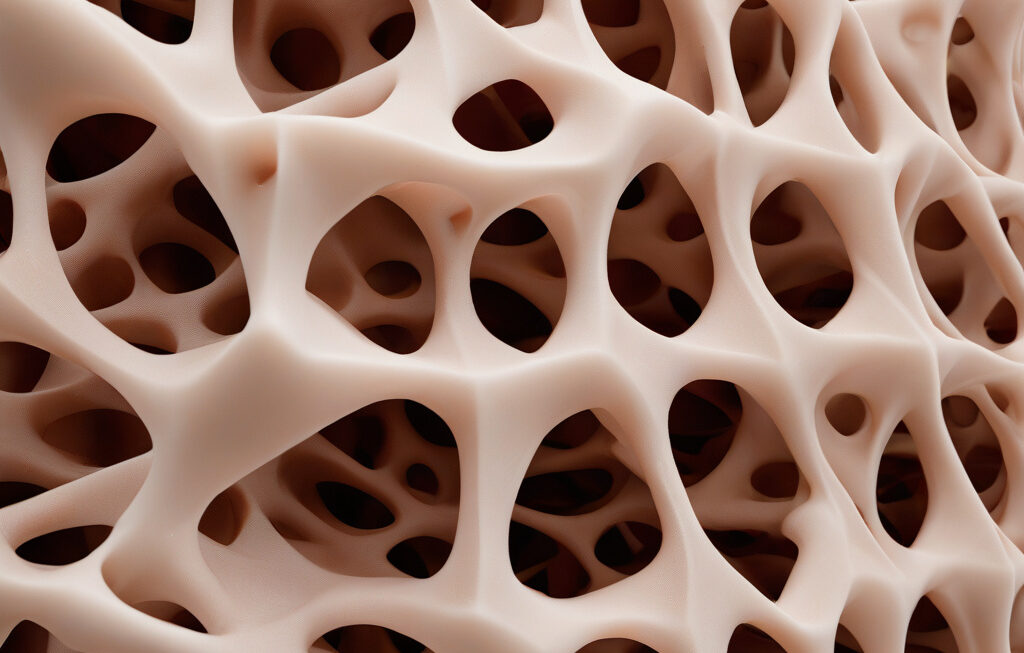Bug-sized Daredevil Robot Nails Aerial Stunts, Beating Flying Bots in Energy Use
MIT has designed a small robot with the ability to flip, jump across rough terrain, and perform incredible aerial stunts – all while conserving energy better than its flying counterparts. This bug-sized daredevil is revolutionizing the field of robotics with its agility and efficiency.
Inspired by the acrobatic maneuvers of insects, this tiny robot showcases remarkable capabilities that defy its size. While traditional flying robots consume large amounts of energy to stay airborne, this innovative creation from MIT utilizes a different approach. By incorporating jumping and flipping into its repertoire of movements, the robot is able to navigate challenging environments with minimal energy expenditure.
The key to the robot’s success lies in its biomimetic design, which mimics the biomechanics of insects. This design allows the robot to conserve energy by utilizing bursts of power for jumps and flips, rather than sustained flight. As a result, it can outperform flying robots in terms of energy efficiency while maintaining impressive aerial agility.
Moreover, the bug-sized robot’s ability to navigate rough terrain sets it apart from conventional flying robots, which often struggle in complex environments. By combining aerial maneuvers with ground-based mobility, this robot demonstrates a versatile approach to robotic locomotion that could have far-reaching implications for various applications.
One potential application of this technology is in search and rescue missions, where robots need to navigate unpredictable landscapes quickly and efficiently. The bug-sized robot’s agility and energy efficiency make it well-suited for such tasks, offering a promising solution for improving the effectiveness of rescue operations in challenging environments.
Additionally, the robot’s design could inspire new advancements in swarm robotics, where multiple robots work together to achieve a common goal. By leveraging the unique capabilities of the bug-sized robot, researchers could develop swarm systems that are not only energy-efficient but also highly maneuverable in both aerial and terrestrial environments.
In conclusion, MIT’s bug-sized daredevil robot represents a groundbreaking innovation in the field of robotics. By combining aerial stunts with energy-efficient maneuvers, this tiny robot has demonstrated a new paradigm for robotic design that prioritizes agility and efficiency. As researchers continue to explore the potential applications of this technology, we can expect to see exciting developments that push the boundaries of what is possible in the world of robotics.
robotics, innovation, energy efficiency, MIT, aerial maneuvers











